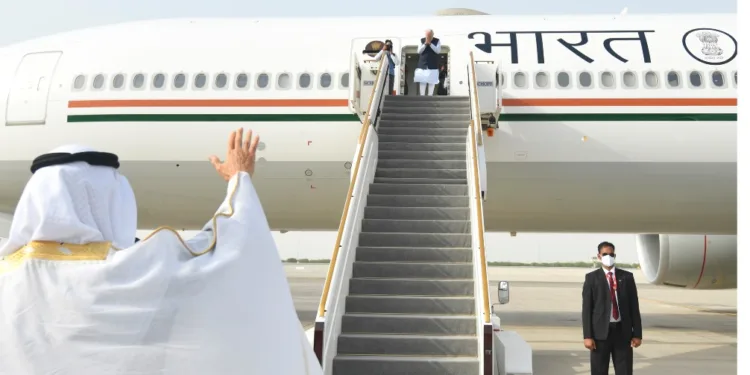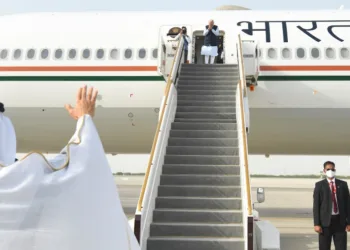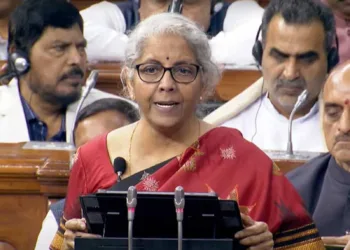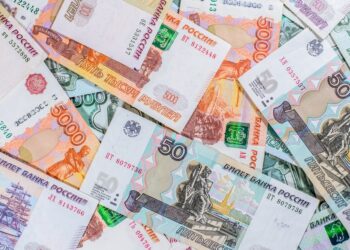Finalised in 88 days, the 320-page India-UAE CEPA is a template for India-GCC free trade agreement
BY AJIT KUMAR JHA
The Comprehensive Economic Partnership Agreement (CEPA) between India and the UAE stands out as a model among all free trade agreements India signed with its trade partners. In a record 88 days, a 320-page comprehensive document was negotiated and signed on February 18, 2022, during a virtual summit attended by UAE President Sheikh Mohammed bin Zayed Al Nahyan and Prime Minister Narendra Modi. While the CEPA came into force on May 1, 2022, on June 28, 2022, Modi visited UAE and met Sheikh Al Nahyan to review the CEPA. As a result of such high-level monitoring, India’s exports to the UAE increased by almost 12 percent.
The UAE is a confederation of seven Emirates, including Abu Dhabi, Dubai, Sharjah, Ajman, Fujairah, Ras Al Khaimah, and Umm al Quwain. The UAE is one of the six countries of the Persian Gulf (Arabian Gulf for the Arabs), the other five being: the Kingdom of Saudi Arabia, Oman, Kuwait, Qatar, and Bahrain, all six members of the Gulf Cooperation Council (GCC).
In 2022-23, the UAE with $ 76.16 billion, was the third largest trading partner of India, after the United States and China. Despite the Covid pandemic, India’s exports to the UAE jumped up 11.8 percent to $ 31.8 billion in the fiscal year 2022-23, compared to $ 28 billion in the FY 2021-22, mainly due to the CEPA deal. India is aiming at $ 50 billion in exports to the UAE in four years.
India and the GCC
“The India-UAE (CEPA) is likely to become the template for the India-GCC FTA,” says Nisha Taneja, a trade economist with the ICRIER. The GCC is the largest trading partner bloc of India. In FY 2021-22, bilateral trade between India and the GCC was valued at over $154 billion, according to the Ministry of Commerce and Industry sources. India’s exports to GCC countries were valued at approximately $44 billion and imports at around $110 billion during the year. GCC countries accounted for almost 35 percent of India’s oil imports during the fiscal year 2021-22 and 70 percent of its gas imports. India’s overall crude oil imports from the GCC in 2021-22 were $48 billion, while LNG and LPG imports in 2021-22 stood at $ 21 billion. However, the graph clearly shows that despite a galloping relationship between India and the Gulf, a glaring gap remains, given India’s imports are much higher than India’s exports to the Gulf (See Graph: The Galloping Gulf).
A new clause has been added to the Indo-UAE CEPA to encourage other GCC countries to join the FTA agreement, making it a regional agreement. The other GCC members will have the option to join the Indo-UAE trade deal on the same terms and conditions if the launch of the FTA negotiations between New Delhi and the GCC gets delayed. Trade experts point out that the finalization of the trade deal with the GCC could be tricky with some delays, considering the differences between some of the GCC nations.
India’s exports to the six GCC member countries grew by 58.26 percent to about $44 billion in 2021-22 against $27.8 billion in 2020-21. Bilateral trade in goods increased to $154.73 billion in 2021-22 from $87.4 billion in 2020-21. Services trade between the two regions was valued at around $14 billion in 2021-22, with exports aggregated at $5.5 billion and imports at $8.3 billion, according to Commerce Ministry sources.
Why is the Indo-UAE CEPA key to India’s geoeconomic strategy?
The UAE, and by extension, the GCC region, is a natural partner of India, given that the countries share trade complementarities. Mineral fuels,
precious metals, ships, iron and steel, and nuclear appliances are all sectors where the countries share complementarities. Given this, the tariff reductions from the Indo-UAE CEPA is likely to address the inverted duty structures and instability caused by domestic tariff changes. Almost 90 percent of exported products from India, due to the Indo-UAE CEPA will attract zero duty once the FTA is implemented on the ground.
India hitting Sixers!
According to the International Trade Centre’s Export Potential Map, India has about US$10.1 billion of untapped goods trade potential with the UAE. The conclusion of Indo-UAE CEPA is the first step in India actively seeking market access abroad, hitting sixers on the front foot, instead of simply batting defensively on the back foot.
At a policy level, India and the GCC have agreed to pursue an FTA between the two regions and resume negotiations. During a joint press conference with GCC Secretary General Nayef Falah M Al-Hajraf, Indian Commerce and Industry Minister Piyush Goyal said on November 23, 2022: “We have agreed to pursue the free trade agreement between GCC and India and resume the negotiations and conclude the same at the earliest.”
The Indo-UAE CEPA has some indicators about India’s approach to future FTAs. Economist Jhanvi Tripathi of the ORG argues that the CEPA is very ambitious in tariff reduction. However, there remains an element of wariness in the new issues including the digital trade component.
For the top 10 traded products between India and the UAE, by value, trade has been occurring on common product lines. This implies either that one of these markets is being used simply for exports to other markets given both countries do not have a wide market access network of FTAs. Or else a value chain exists on common product lines. The countries share complementarities in mineral fuels, precious metals, ships, iron, steel, and nuclear appliances








